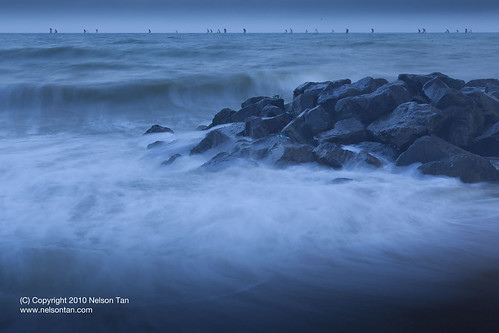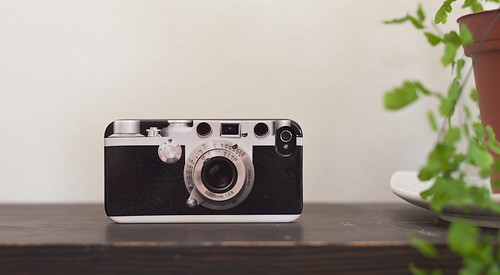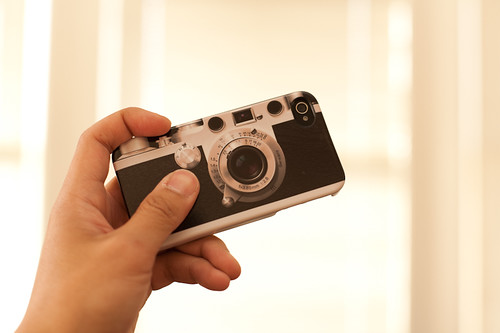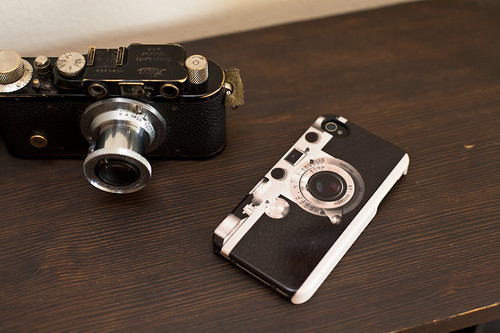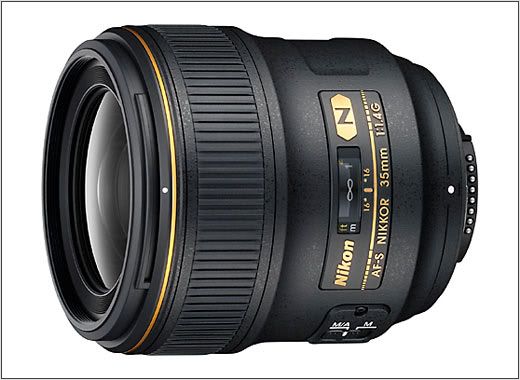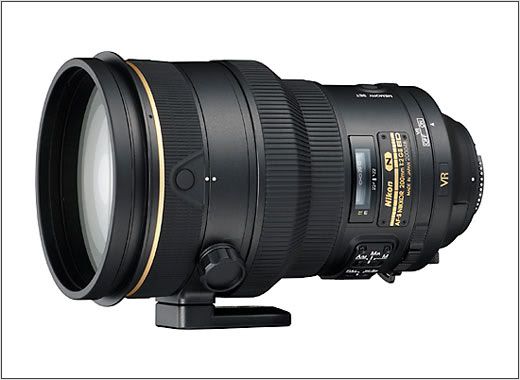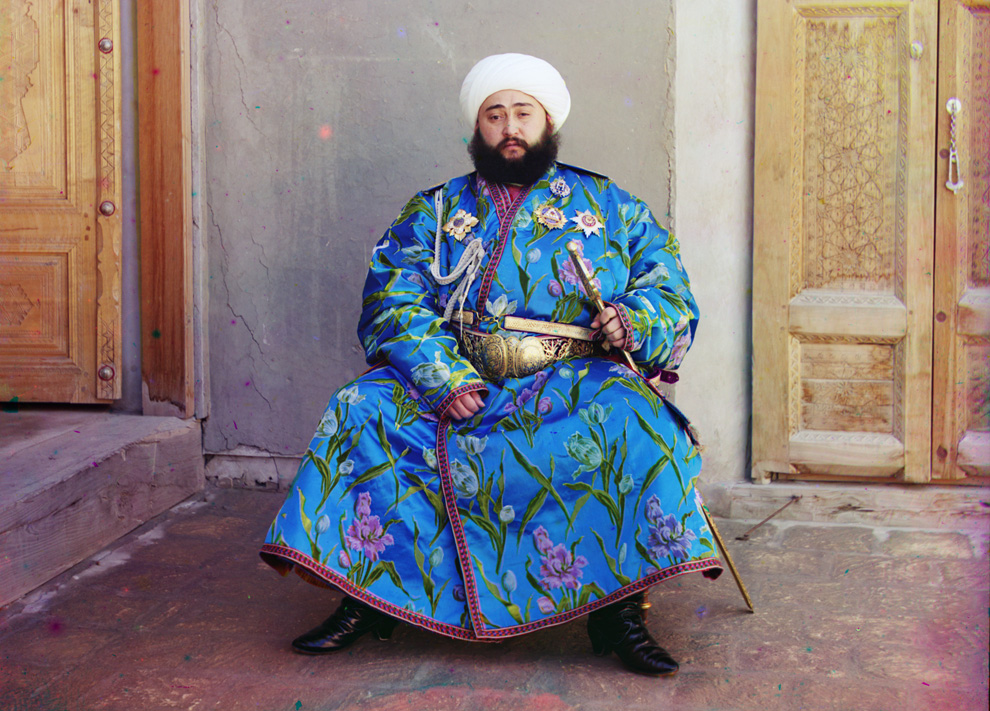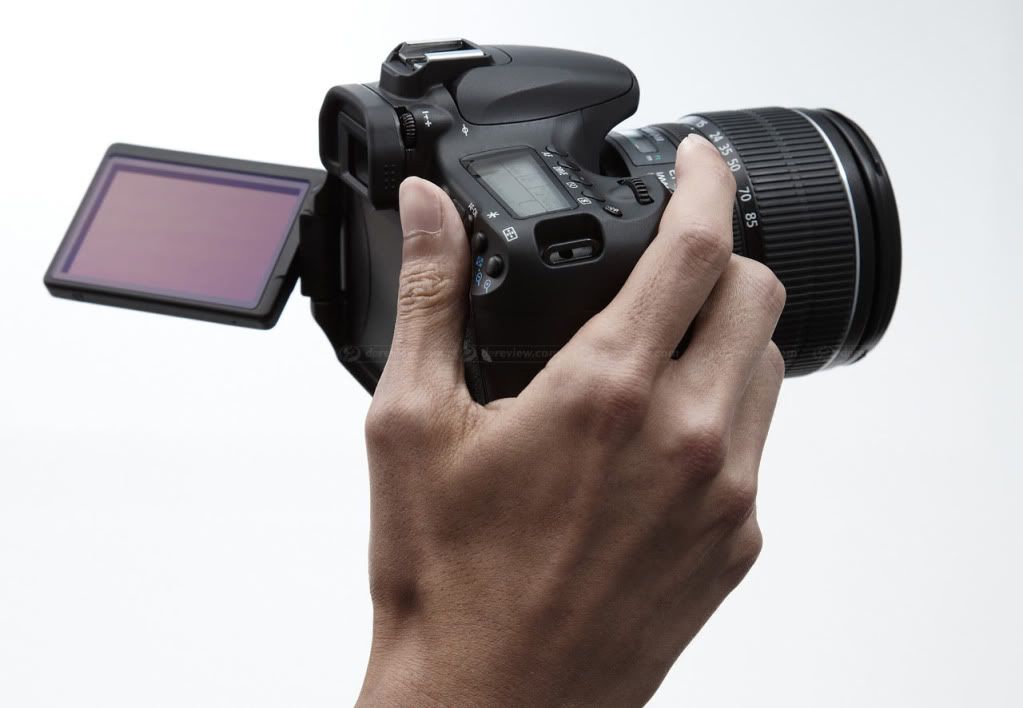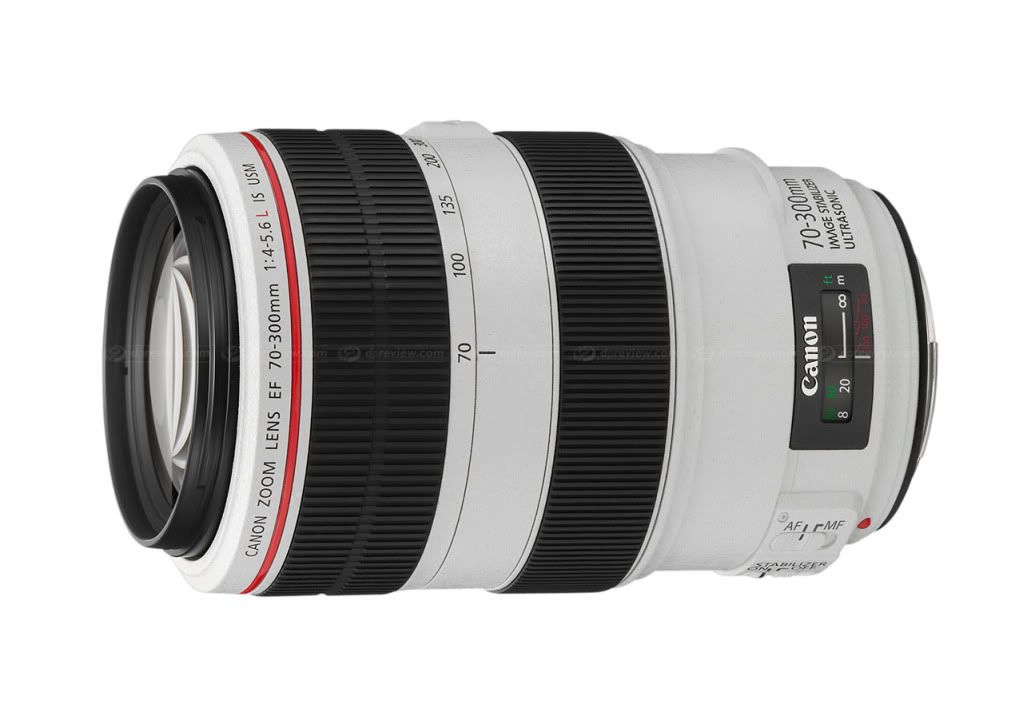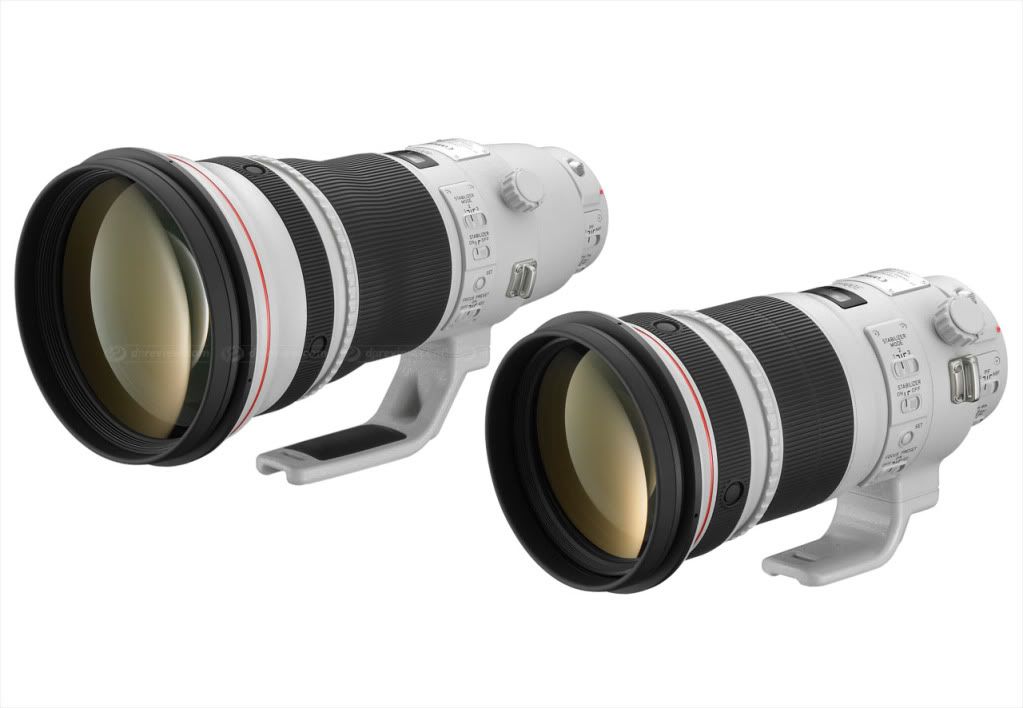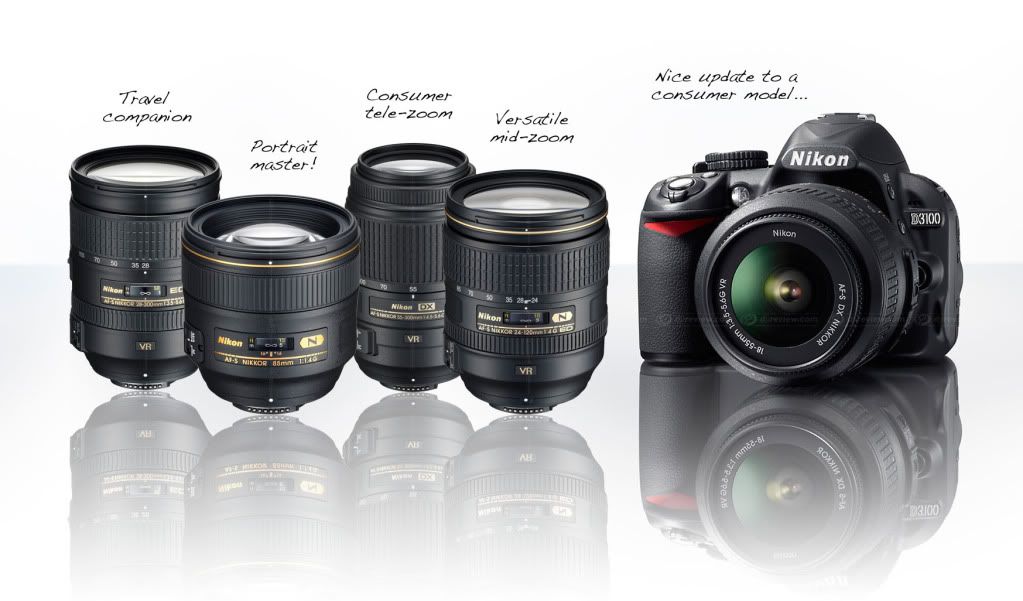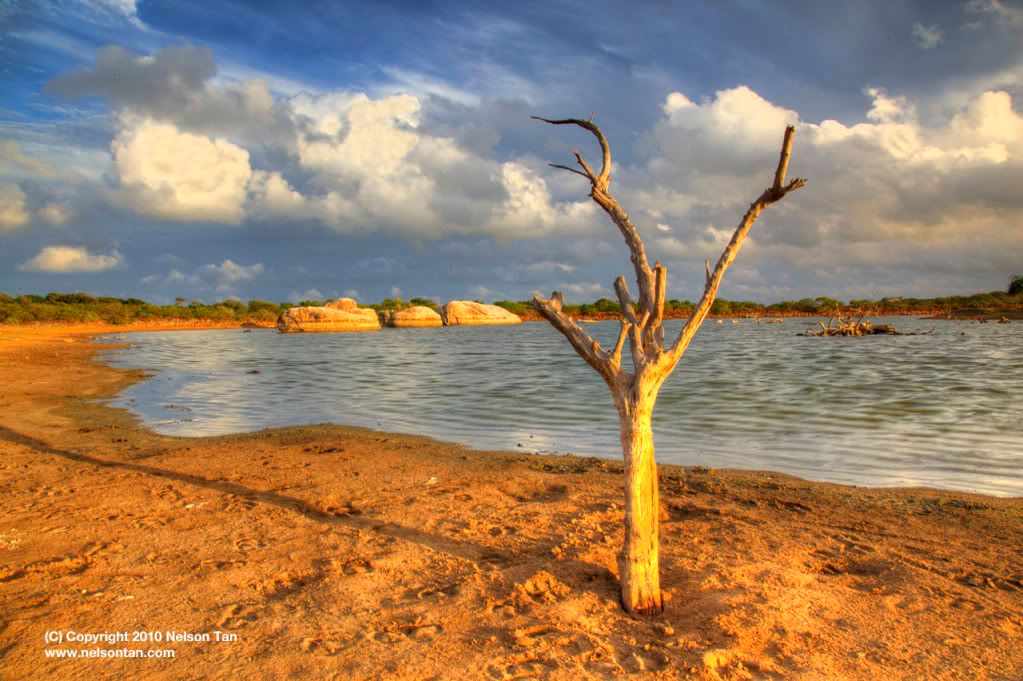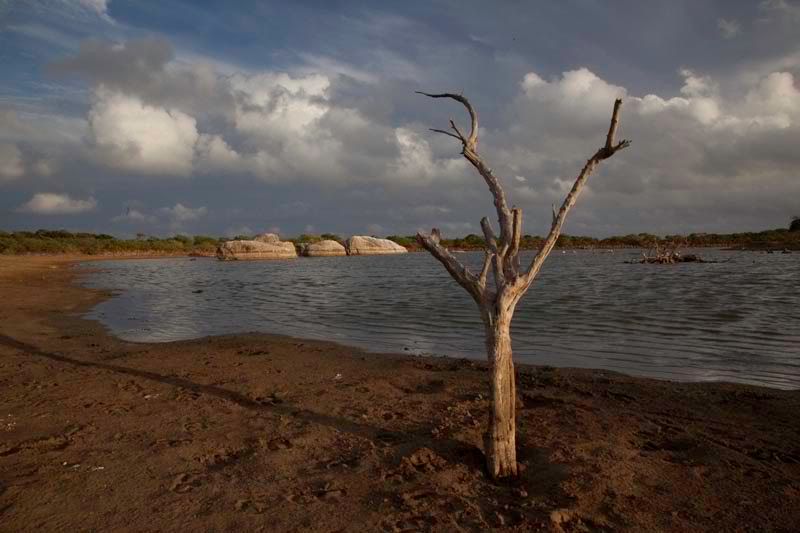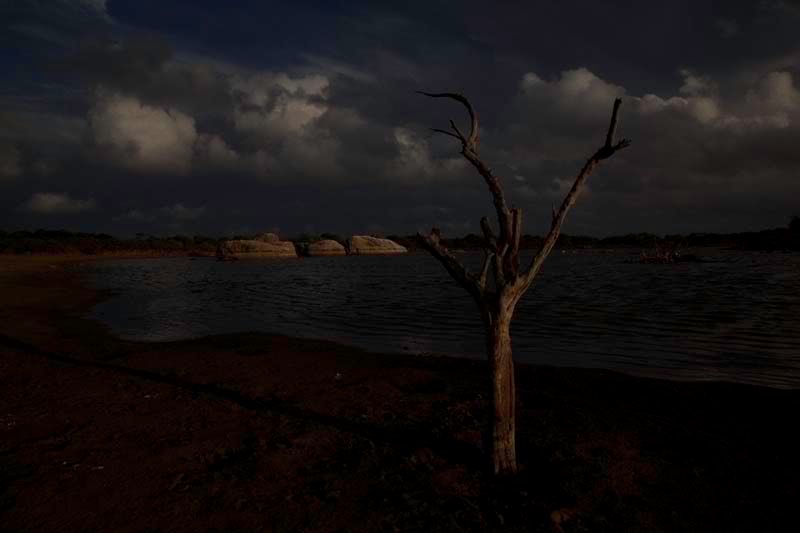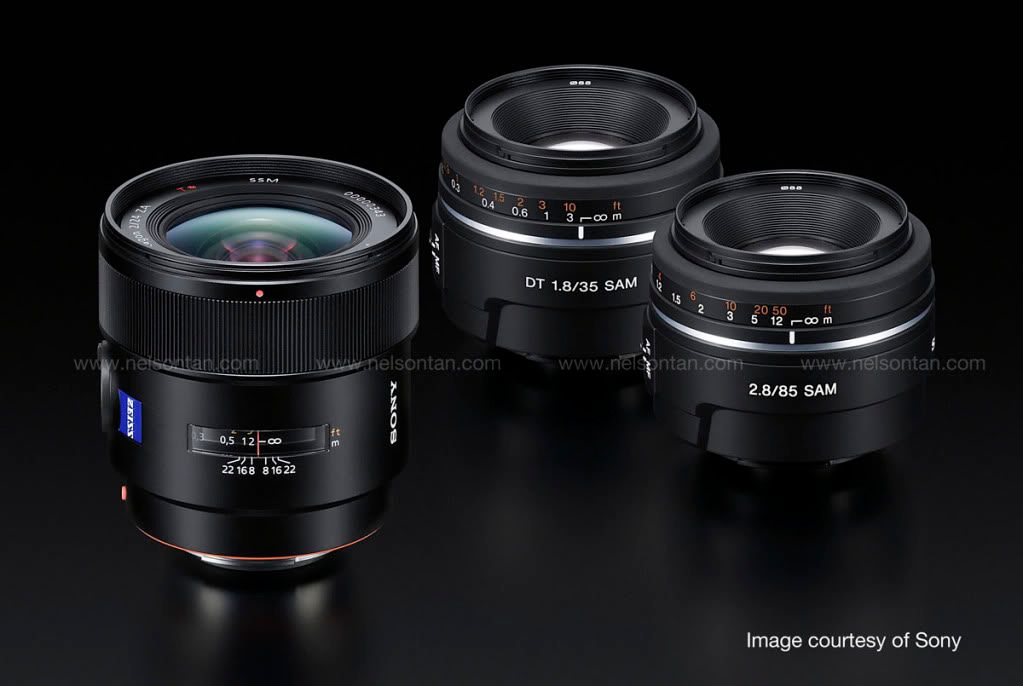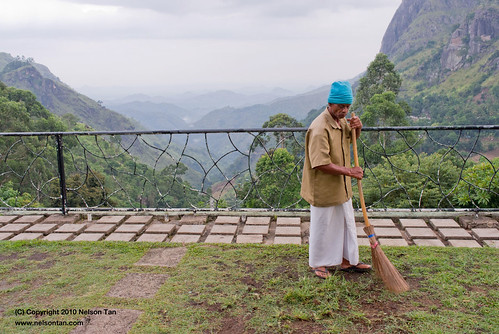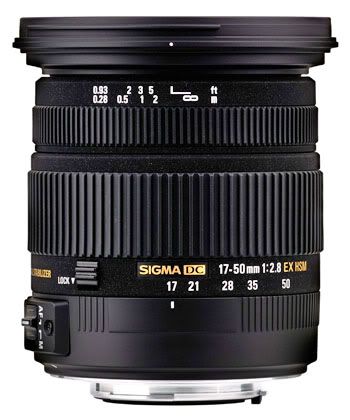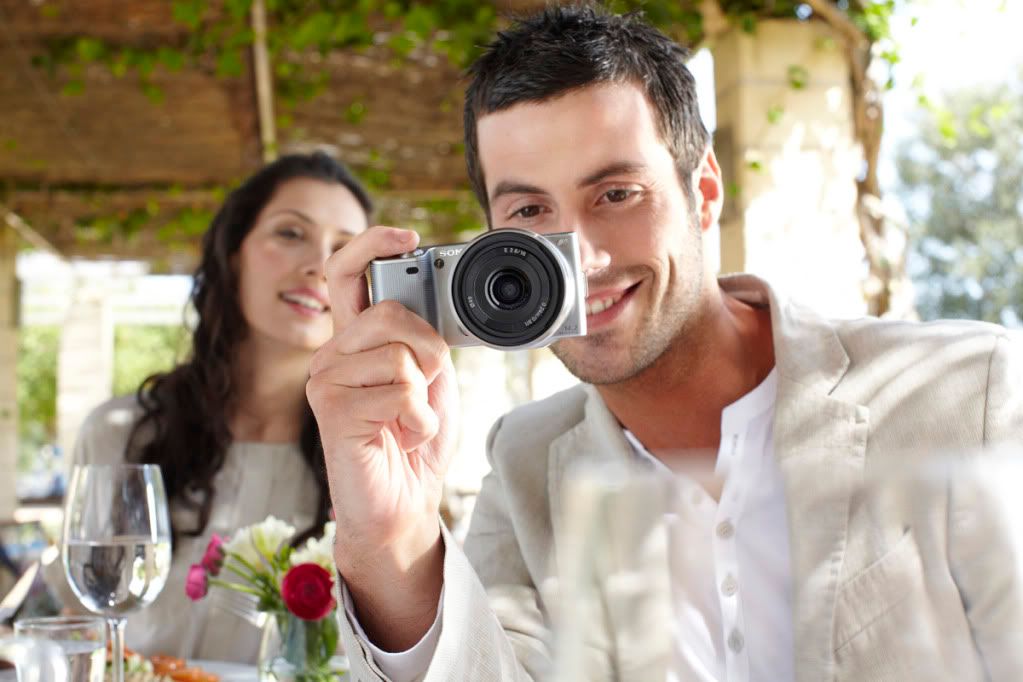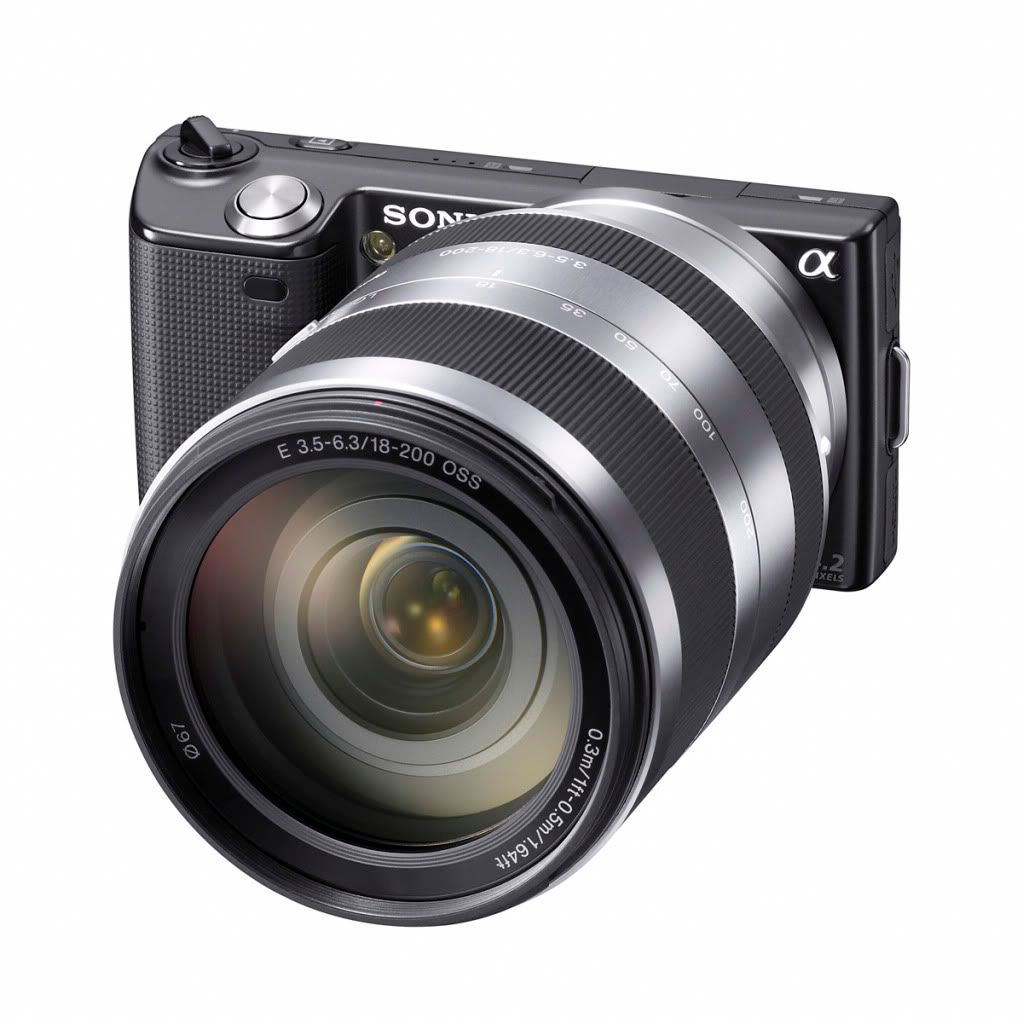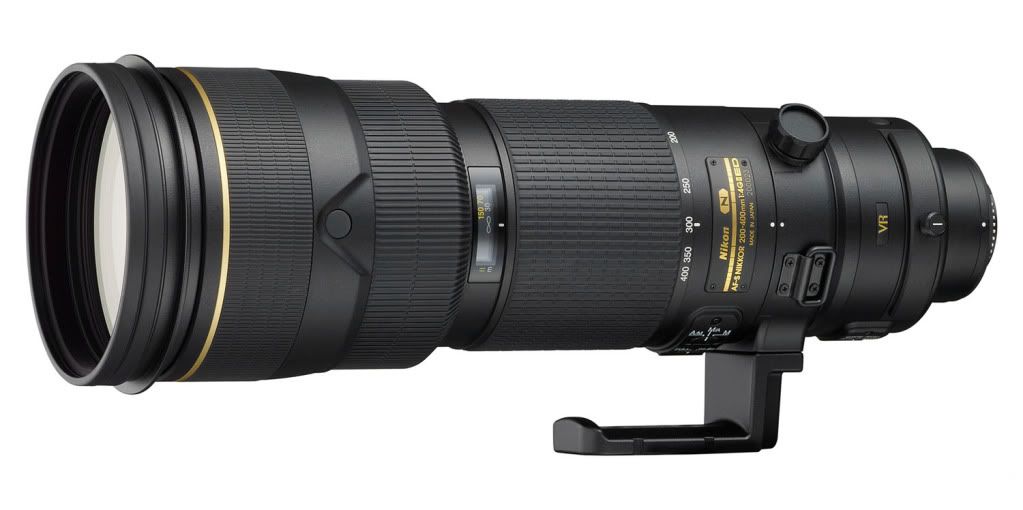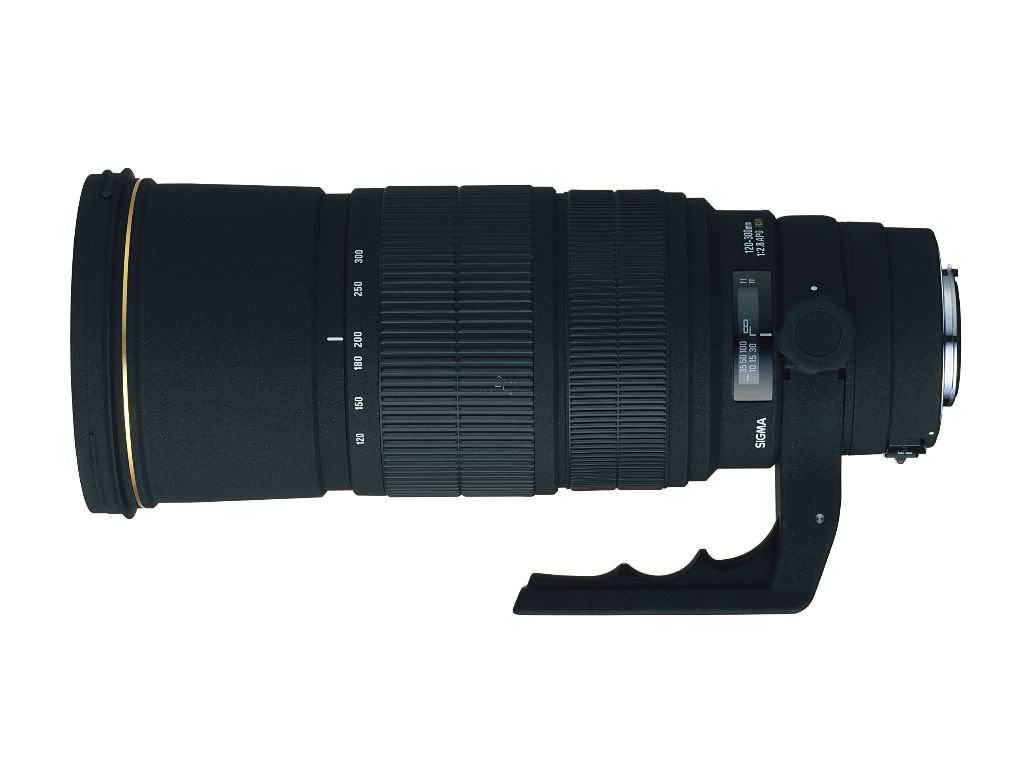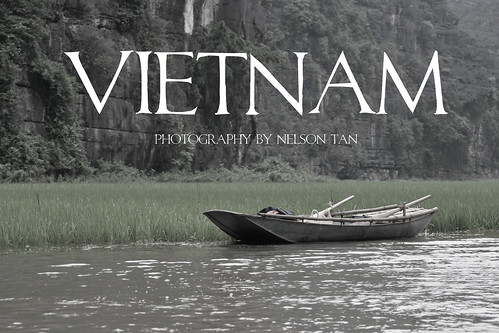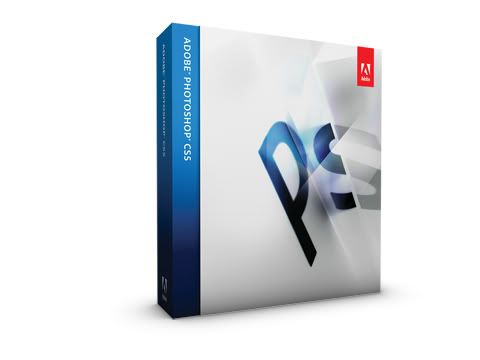The digital revolution brought photography to a whole new level. With the advent of digital imaging, professional photographers are now churning out incredible photos never possible before with film. The race is now on the technological frontier, with professional photographers now having to balance artistic creativity with digital mastery.
But the digital revolution also brought on a very serious threat to the working photographers. Before digital cameras came on the scene, photography was the enclave of photography enthusiasts and working photographers. You need to spend a significant amount of time and effort to learn the concept of exposure and everything else required to get an image properly exposed on film.
Depending on the era you started photography, you’d begin by learning how to load your film and the basics of exposure. You’d learn the Sunny-16 rule, the composition rules and proper focusing techniques (including pre-focusing, zone focusing and hyper-focusing). You’d learn about the reciprocity failure rule when your long exposure mode came out all wrong, about colour correction filters when your images turned out cyan or red, about flash exposure calculation when you see blown out details in your flash photography. There was no Internet, so you got to read up books and talk to seniors who’d tease you to no end about your efforts in photography, before telling you how to resolve the issue.
If all of these doesn’t make any sense to you, it’s alright. You probably got into photography when the film cameras have auto-loading, auto-focusing and auto modes for virtually everything. Flash metering? Don’t cameras calculate everything already? We thought that was the golden age of photography, with the Canon EOS-1V and Nikon F5 ruling the roost. People would think you’re nuts spending US$2000 for a flagship SLR camera.
In the blink of an eye, digital photography landed on our shores with the arrival of affordable DSLRs such as the Nikon D70 and Canon EOS 1000D. Not only can the cameras do everything setting for you (truly “you press the button, we do the rest”), you can also see what you have just shot. That was truly the nail in the coffin for film photography.
But it turned out that film didn’t want to die alone, because it was dragging a whole strata of working photographers with it. Armed with digital SLR cameras, a whole new generation of photography enthusiasts popped up like mushrooms after the rain, perfectly capable of taking photos without much experience. Point and compose – the DSLRs churned out images that were the preserve of knowledgeable photographers. There is no longer a need to struggle to learn the basics of photography before you can churn out images that look great – the camera makes you look like a genius!
Portraits with shallow depth of field? Check.
Macro photography? Check.
Motion freezing sports photography? Check.
It wasn’t long before many of the new photographers got approached by companies who require photography services at a cheap rate. A lot of them didn't start out with the thought of offering commercial services, but somewhere along the way someone wanted a job done, and the photographer thought "why not? I've the gear, and it's a good chance to earn some additional income." They were not sure of the commercial rates (and neither could they command the kind of rates without a good portfolio). So the client got a great rate for the photography service, and the photographer earned some extra dough for his hobby.
It sounds great, but it really isn’t. Not for the freelancer, not for working photographers, and not for the client.
In terms of income, the downward spiraling rates spell disaster bad for full time professionals who have to contend with higher overheads today. Digital bodies usually need to be upgraded every 3 years, software is getting more expensive, and consumers are becoming more demanding (D.I everything!). Unwittingly the freelancers damaged the market for the professionals by charging lower rates just because they could (without having to bear overheads), not because they should.
Professionals now have to contend with a new influx of freelancers fighting for the pie, and they have to work harder for the money to move their skills upwards to avoid the lower end of the market. This is not necessarily a terrible thing, since evolution is a matter of necessity for everyone. Professionals now have to find a new niche for themselves, doing stuff which freelancers can not yet deliver the same quality. Survival of the fittest then…
For the freelancers and low-balling professionals, they'd learn quickly that charging low rates is not worth it. It only takes one nasty/demanding client or a job gone wrong to make them learn the hard way. A re-shoot or additional efforts quickly make charging low-rates a no-brainer – the low fees simply isn’t worth the effort to do all that work. But unfortunately, nobody likes to talk about their mistakes and failures, and so we have new photographers coming into the scene who low-ball the market again, and the cycle continues.
But what about the clients who try to get low-ball rates? They will get what they deserve, and the low-balling clients and photographers deserve each other! The client might find himself into trouble using a cheap photographer, when the latter fails to deliver the goods. He might get away with getting someone else to re-shoot, but if the cost of a re-shoot is very high, or if a re-shoot is not possible (like a wedding), that is problematic for everyone involved. That being the case, the client will quickly learn to use a well-trained professional who will be charging what he’s worth. And if the client doesn't learn his lesson, at least he will be good training fodder for the next low-balling photographer to learn that low-ball rates do not work out.
At the end of the day, nature will find its balance. There will always be low-balling photographers and clients, as well as photographers who are worth their salt and charges accordingly, with the right clients who appreciate their work. If you are a good photographer, charge what you are worth. Because clients who need and value your services will pay for your photos. For clients who low-ball you, forget about them. You won't miss them because they will not be worth your trouble. From my experience, clients who start off by low-balling your rates are usually nasty and demanding clients as well. Focus on sharpening your skills and gaining better clients, instead of going down the long and slippery slope of low-balling.

